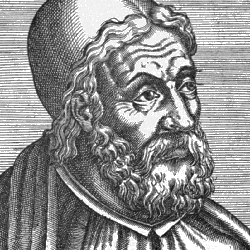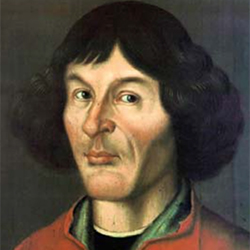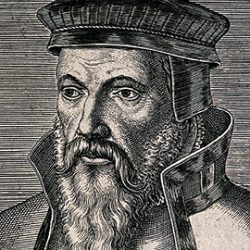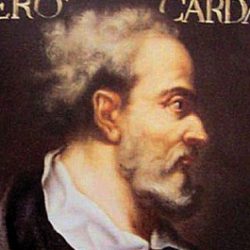Influences and sources
Past historians, influenced by Fiorini (1899) and Stevenson (1921), contended that Mercator did not have the same talent in astronomy as he did in geography, even though his celestial globe could still be considered a remarkable scientific work. Yet more recent studies, especially by Elly Dekker, have shown that Mercator’s celestial globe presented considerable improvements compared with earlier spheres, in particular the one designed by Gemma Frisius.
- Ptolemy of Alexandria (c. 90-168 ap. J.-C.)
- Nicolaus Copernicus (1473-1543)
- Joachim Camerarius the Elder (1500-1574)
- Girolamo Cardano (1501-1576)
The astrological information on Mercator’s celestial globe stemmed from sources that were translated during his time. For example, he used De supplemento, an almanac by Girolamo Cardano first published in Milan in 1538 and reprinted in Nuremberg in 1543.
Mercator also knew Tetrabiblos by Claudius Ptolemy, a four-volume mathematical study translated and published in Nuremberg in 1535 by Joachim Camerarius. Like all his contemporaries Mercator also practised astrology, which he promoted by producing his celestial globe.
Besides the up-to-date information that Mercator presented on the nature of the stars, their positions were set in accordance with the brand-new theory of the precession of the equinoxes published by Nicolas Copernicus in 1543 in his De revolutionibus orbium coelestium, a book which laid the bases of heliocentrism. Mercator was thus the first globemaker to tap into this theory.
Find out more
- De revolutionibus orbium coelestium : by Nicolaus Copernicus, document digitised from a facsimile, National Library of France: Gallica.



